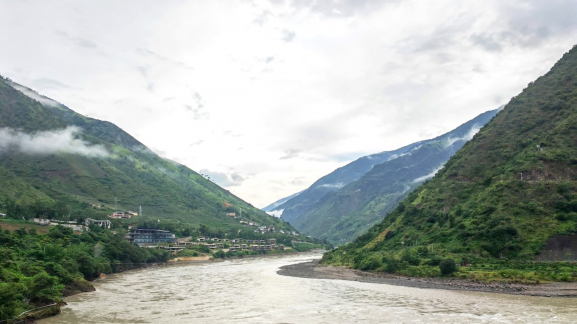 HKU Department of Earth Science
HKU Department of Earth Science
Seminar

Developments and applications of luminescence dating in Earth sciences
-
Date
November 2,2023
-
Time
10:00AM
-
Venue
JL104
-
Speaker
Mr. HUANG Chang (Supervisor: Dr. S.H. Li) Department of Earth Sciences, HKU
This study aims to address the questions about developments in luminescence dating, including the age range, accuracy, and thermochronological applications.
To estimate the equivalent dose (De) of calcite, a single-aliquot regenerative-dose (SAR) protocol using isothermal thermoluminescence (ITL) signals at a low temperature, was employed. It has the potential to date back more than two million years. Subsequently, the ITL signal of calcite was applied to the exposure of limestone rocks in the middle of Nujiang River, SE Tibetan Plateau, for thermochronological studies. From the isochron plot of apparent De values against dose rates, the effective lifetime of the ITL signal was determined, which constrains the applicable ranges from 530±25 ka to the present.
Optically stimulated luminescence (OSL) samples, dominated by medium and slow components generally exhibit an underestimation of age. In this study, quartz minerals extracted from lava-baked sediments in the Tengchong volcanic field, SE Tibetan Plateau, were examined. It is suggested that the underestimated De values for their OSL signals, which are dominated by medium and slow components, can be corrected using the De-recuperation plot.
A new luminescence signal, i.e., photoluminescence (PL) of feldspar, was studied using a commercial Raman system. In particular, PL signals at ~865 and ~910 nm from K-feldspar are sensitive and show potential suitable for dating applications.
Additional information: Mr. HUANG Chang, chang92@connect.hku.hk
